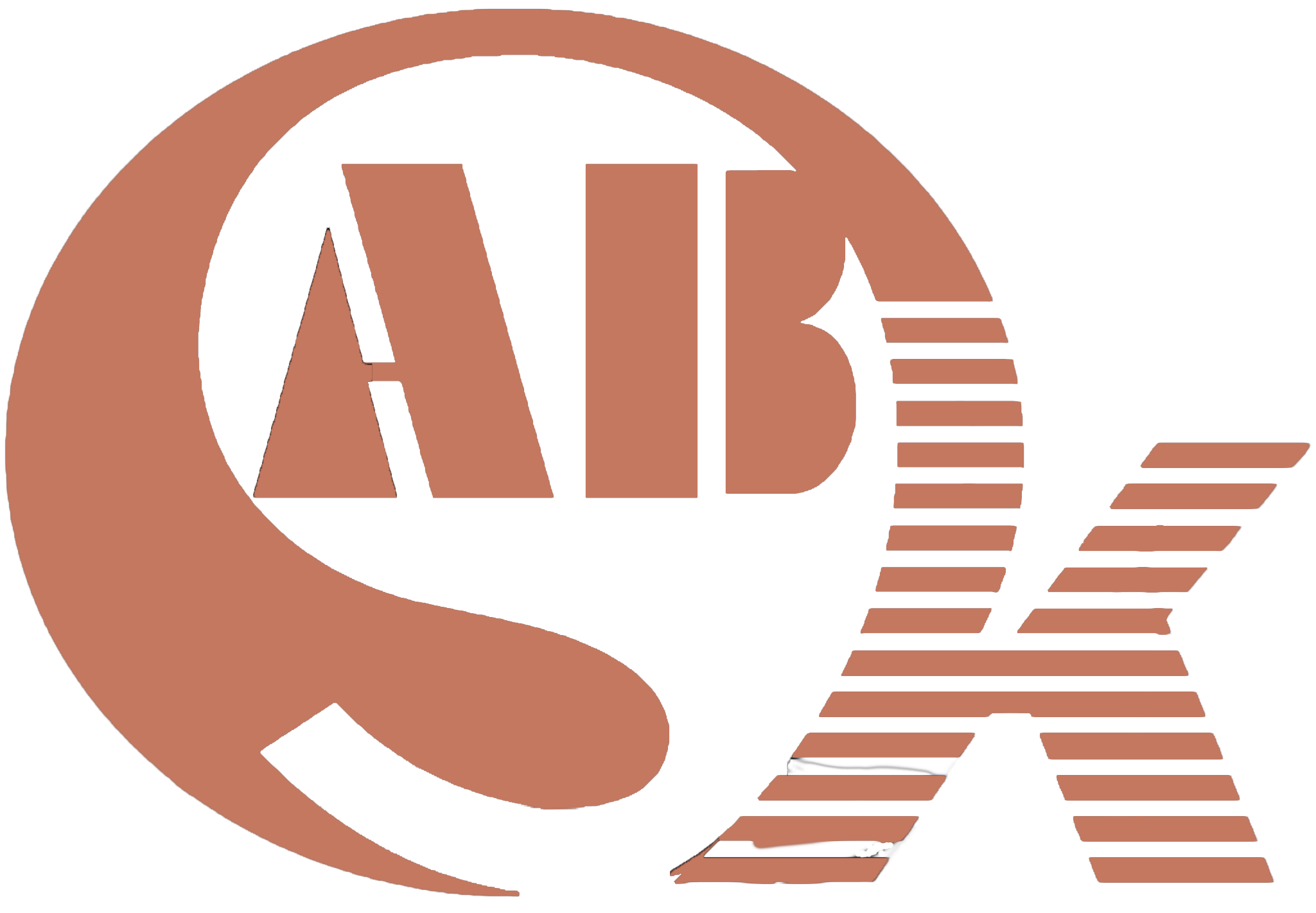Revolutionizing Precision: Unraveling the Purpose of Welding Positioners in Modern Industry
Welding, an ancient craft, has evolved into a sophisticated science, and with it, the tools at a welder’s disposal have undergone a remarkable transformation. One such tool that has revolutionized welding practices is the welding positioner. In this article, we unravel the purpose of welding positioners, exploring the multifaceted solutions they offer to industry challenges. By examining these challenges from various angles, understanding their impact on related industries, and evaluating the views of users, we embark on a journey to showcase the pivotal role welding positioners play in the contemporary world of welding.
The Essence of Precision: Decoding the Purpose of Welding Positioners
Welding positioners, be they rotary, tube, or benchtop, are designed with a singular purpose – to enhance precision in the welding process. The fundamental principle revolves around the controlled movement and positioning of the workpiece during welding. This purpose, seemingly straightforward, carries profound implications for weld quality, efficiency, and the overall success of welding projects.
The Challenge of Manual Precision: Examining Problems from Different Angles
Manual welding, while an art form in itself, presents challenges when it comes to precision. Human dexterity and consistency have limits, especially when dealing with intricate welds or large-scale projects. This manual limitation often translates into uneven welds, increased rework, and, consequently, higher costs. Welding positioners address these challenges by providing a controlled and automated means of achieving the desired precision.
Welding Positioners in Action: A 360-Degree Perspective
The purpose of welding positioners extends beyond solving the precision problem. Rotary welding positioners, for instance, introduce a dynamic element to welding by enabling the rotation of the workpiece. This not only simplifies the welding of circumferential joints but also enhances overall efficiency. Tube welding positioners, on the other hand, cater to specific challenges related to cylindrical workpieces, offering a solution that aligns with the unique requirements of circular welding.
Benchtop Brilliance: Solving Space-Related Challenges
In industries where space is a premium, benchtop welding positioners emerge as saviors. These compact yet powerful tools optimize workspace utilization, providing stability and precision in confined environments. The purpose here is not just about achieving precision but doing so within the constraints of limited space, catering to the diverse needs of industries ranging from manufacturing to small-scale workshops.
DIY Welding Positioners: Empowering Creativity and Innovation
The advent of DIY welding positioners signifies a democratization of welding technology. Enthusiasts and small-scale workshops can now build their own positioners, tailoring the equipment to their specific needs. This purpose-driven innovation not only reduces costs but also fosters a culture of creativity and self-sufficiency within the welding community.
Circular Seam Welding Machine: Expanding the Horizon of Possibilities
While welding positioners primarily focus on workpiece orientation, the integration of a Circular Seam Welding Machine broadens the spectrum of possibilities. This specialized machine excels in welding circular seams, offering a comprehensive solution for industries involved in the fabrication of tanks, pipes, and cylindrical structures. The purpose here is not just precision but addressing the specific challenges posed by circular welding requirements.
Industry Applications: From Construction to Aerospace
The purpose of welding positioners finds application across diverse industries, each with its unique set of challenges. In construction, these tools contribute to the fabrication of structural components with unparalleled accuracy. In aerospace, where precision is non-negotiable, welding positioners play a pivotal role in ensuring the integrity of intricate components. The purpose-driven approach extends to shipbuilding, automotive manufacturing, and beyond, underscoring the versatility of welding positioners.
User Perspectives: Elevating the Welding Experience
Welders and industry professionals, equipped with welding positioners, share a common sentiment – an elevated welding experience. The purpose is not merely about achieving precision in welds but transforming the way welding is approached. Welders become orchestrators of controlled and predictable movements, enhancing their craft and contributing to the overall success of projects.
Customer Concerns Addressed: The Verdict of Evaluation
From a customer’s perspective, the adoption of welding positioners aligns with core concerns – quality, efficiency, and cost-effectiveness. The evaluation of these tools encompasses not just technical specifications but the tangible benefits they bring to the table. Reduced rework, enhanced productivity, and the ability to tackle diverse welding challenges position welding positioners as invaluable assets in the eyes of customers.
Conclusion: Precision Redefined, Challenges Overcome
In conclusion, the purpose of welding positioners transcends the realm of mere tools. They are catalysts for precision, efficiency, and innovation in welding practices. By addressing challenges from different angles, catering to diverse industries, and incorporating user perspectives, welding positioners redefine the landscape of welding. As industries embrace these purpose-driven solutions, the art of welding evolves into a science of unparalleled precision and reliability.
